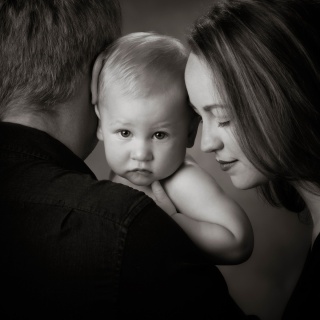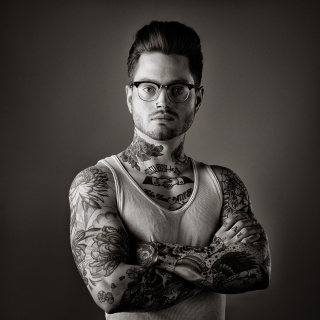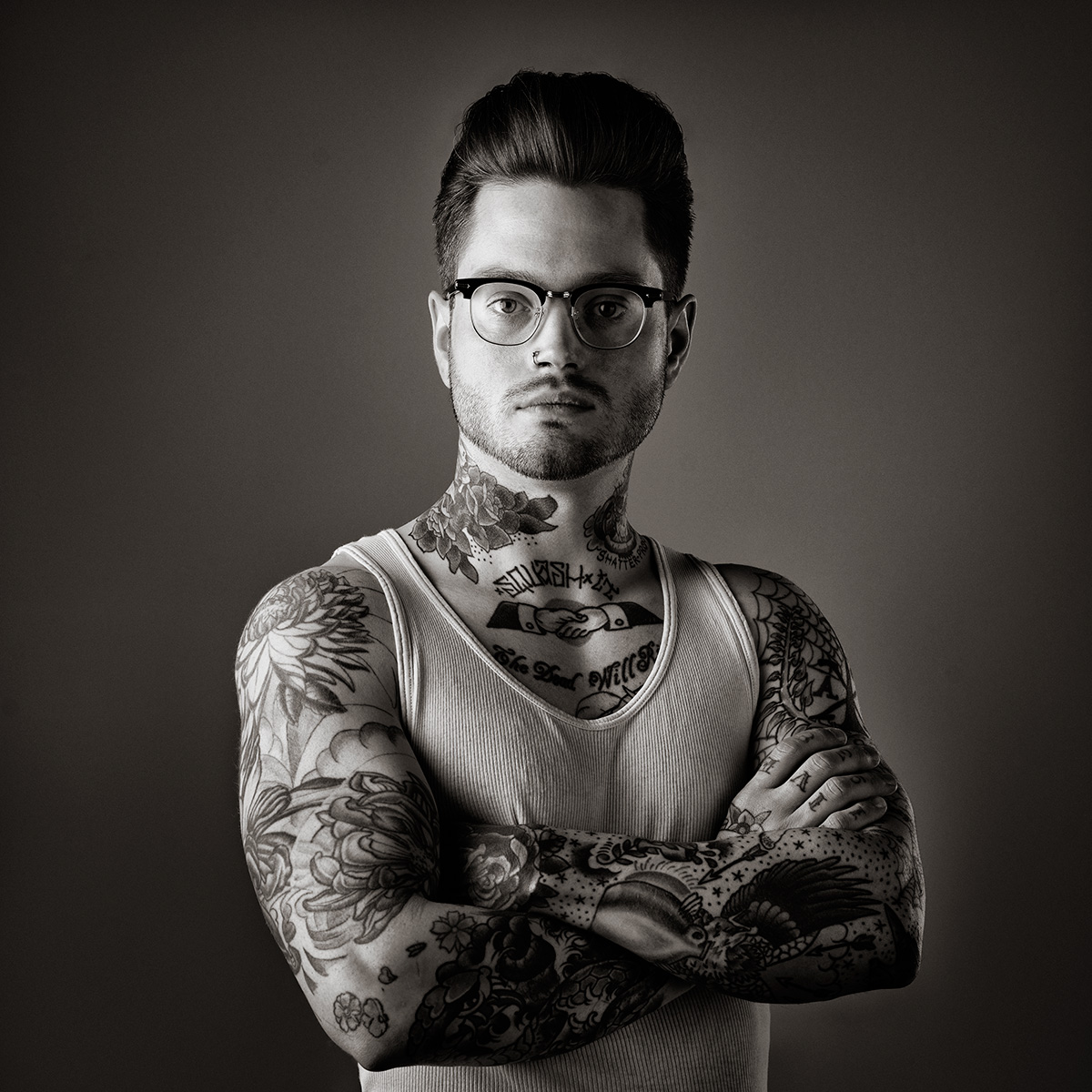The portrait as fine art
Tim Walden is a fine art portraitist who banks on selling printed photographs.
• October 2015 issue
Printing is as important as image creation
What does fine-art photography really mean? Few terms are used as often in our business without description or common understanding. And most photographers use the phrase without much thought—it just seems like the right thing to say about their work. It’s no wonder so many people disagree about the meaning and value of the term.
In my early years as an image-maker, I noticed that “fine art” was used primarily to describe landscape photographs. It seemed to me that portraits wouldn’t fall into that class. I wasn’t sure why, but portraiture wasn’t recognized as fine art by those I looked up to as experts.
Years ago, I hired a university graduate with a degree in fine-art photography. He wanted to work for me until he could find a job teaching photography or creating fine art that he could sell to make a living. When we hired him, he had no idea he’d be printing portraits. He was surprised that our production and printing standards were not only as high as he might find in a gallery printing fine-art photography, but they were often many times higher in quality and with attention to detail in areas he didn’t even know existed.

Having created countless prints and thinking hard about this issue, I can say with certainty that what I create and sell is in fact fine art. My work meets the same high standards I would require for any fine-art piece I’d invest in myself; more important, it meets the same high standards I would require for prized images of the people I love.
For the Walden name to grace a fine-art black-and-white piece, the print must be created with our studio’s vision and in our style. It must be a visual representation of who we are, expressed through our photography. It must be created with lighting, posing, and composition that celebrate the subjects. And it must be captured in a way that provides the greatest potential to draw every ounce of tone and impact I saw in my mind’s eye as I captured it. This is accomplished only by using the best tools and understanding what’s needed post-capture to saturate an image with richness, depth, and dimension.
Once I’ve fulfilled my requirements in capture, I simply embody my vision in print. This leads me to the term we use to describe ourselves that separates us from the competition in our market: print artists. Our art isn’t complete until it’s in print form. Finessing a portrait image for the perfect print and then shepherding it through that process is an art in itself. Every adjustment we make has a repercussion in the print, and it takes experience, knowledge, and vision to bring an image to its full potential.
What I do to produce a Walden fine-art portrait:
- I establish a black. If an image has black tones in it, the print must also have rich black tones.
- I ensure there’s detail throughout. Detail must be present in the deep tones and flow through the entire image.
- I look for expanded tonal range. I accomplish this by expanding my lighting, making sure I have shadow, mid-tones, diffused highlights, and if possible specular highlights. Creating a wide range of tones through lighting allows me to give detail throughout the image. I also expand tonality by choosing proper color space (which does matter for black-and-white).
- I deliver work that’s investment worthy by using only fine-art, archival papers and canvasses for our custom-printed, fine-art line.
My work philosophy is this: Vision takes place at capture and is fulfilled in post-capture. This keeps me focused on creating the image I envisioned in the capture and making only minor post-capture adjustments that enhance it but don’t dramatically change it.

Some people ask me if creating fine-art images requires that photographers make their own prints. My answer is no. Yet it’s still essential that you know the standards, papers, canvasses, and processes required of making fine art. This will allow you to choose a lab capable of fulfilling your vision. Also important if you aren’t doing the printing yourself is that you select a professional lab that’s consistent in producing high-quality prints and offers the variety of materials and products you need.
I don’t consider using a lab to be a shortcut; in fact, although I print many of my pieces, I occasionally use a lab with which I have a long relationship. The people there understand my needs, and I can direct them to make prints to my exact specifications.
Using a lab doesn’t absolve you from having a thorough understanding of print specifications, processes, and media. You’ll need to be every bit as educated as you would be if you were making your own prints. Only that way can you trust that your lab is producing the fine art you’re promising to deliver to your clients.
Timothy and Beverly Walden own Walden’s Photography, located in Lexington, Kentucky.
Tags: portrait photography printing


 View Gallery
View Gallery


